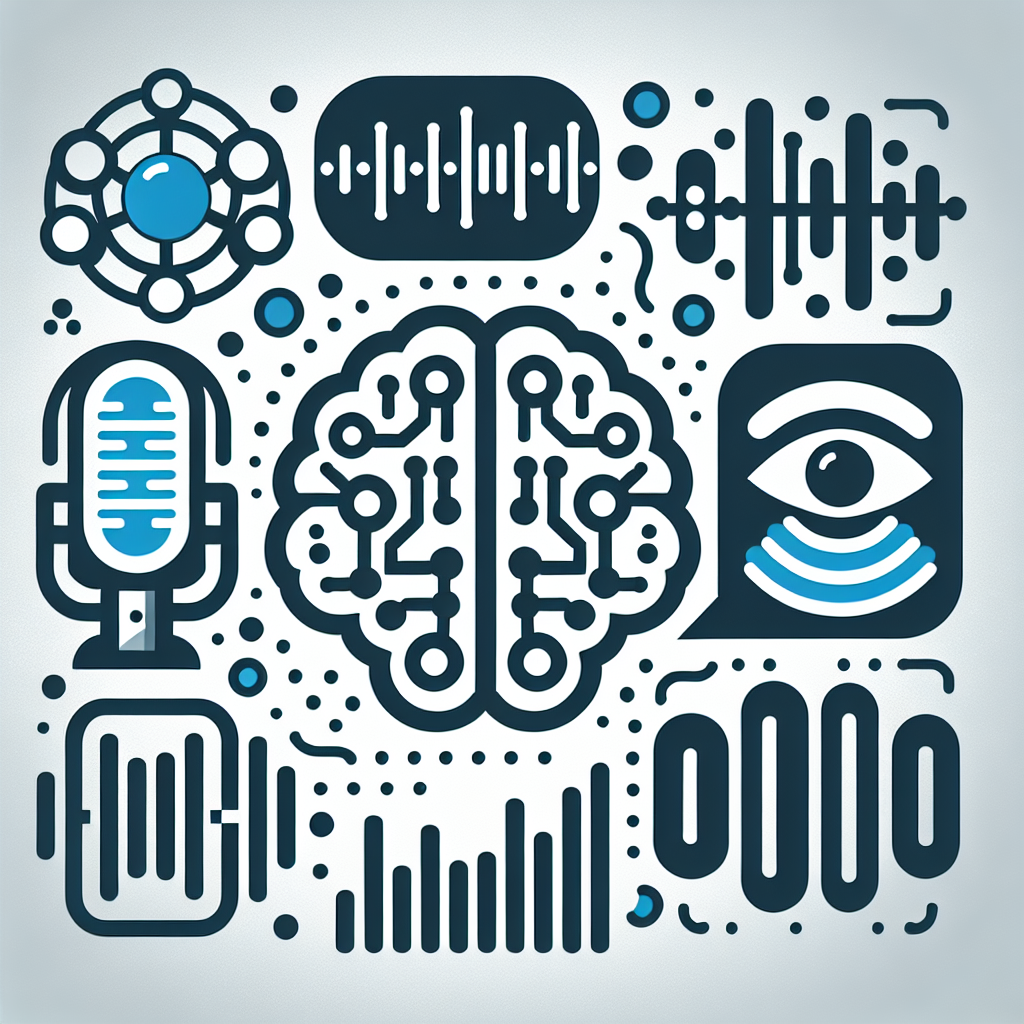Artificial intelligence (AI) platforms have revolutionized the way we interact with technology. From virtual assistants like Siri and Alexa to personalized recommendations on streaming services, AI has become an integral part of our daily lives. One of the most exciting advancements in AI technology is speech synthesis, which allows computers to generate human-like speech. In this article, we will explore AI platforms and speech synthesis, how they work, their applications, and frequently asked questions about this technology.
AI Platforms
AI platforms are software systems that provide the infrastructure and tools for developing and deploying AI applications. These platforms typically include machine learning algorithms, data processing capabilities, and tools for training and testing models. They also often provide APIs for integrating AI capabilities into other applications.
There are several popular AI platforms available today, including Google Cloud AI, IBM Watson, Microsoft Azure AI, and Amazon Web Services (AWS) AI. These platforms offer a wide range of services, including natural language processing, computer vision, speech recognition, and speech synthesis.
Speech Synthesis
Speech synthesis, also known as text-to-speech (TTS), is the process of converting text into spoken language. AI-powered speech synthesis systems use machine learning algorithms to generate natural-sounding speech that mimics human speech patterns and intonations.
There are two main approaches to speech synthesis: concatenative synthesis and parametric synthesis. Concatenative synthesis involves piecing together pre-recorded speech segments to create new utterances. Parametric synthesis, on the other hand, uses mathematical models to generate speech based on linguistic rules and acoustic parameters.
Speech synthesis has a wide range of applications, including:
1. Accessibility: Speech synthesis technology enables people with visual impairments to access digital content through screen readers and other assistive technologies.
2. Virtual Assistants: Virtual assistants like Siri, Alexa, and Google Assistant use speech synthesis to communicate with users and provide information and assistance.
3. Language Learning: Speech synthesis systems can help language learners improve their pronunciation and listening skills by providing feedback on their spoken language.
4. Audio Books: Speech synthesis is used to create audio versions of books and other written content, making them accessible to people who prefer listening over reading.
5. Interactive Voice Response (IVR) Systems: Many businesses use speech synthesis in their IVR systems to automate customer service interactions and provide information to callers.
FAQs
Q: How does speech synthesis technology work?
A: Speech synthesis technology uses machine learning algorithms to convert text into spoken language. These algorithms analyze the text, generate phonetic representations of the words, and then synthesize speech based on these representations.
Q: How accurate is speech synthesis technology?
A: Speech synthesis technology has made significant advancements in recent years and can produce highly realistic and natural-sounding speech. However, the accuracy of speech synthesis can vary depending on the quality of the algorithms and the amount of training data available.
Q: Can speech synthesis technology mimic different accents and voices?
A: Yes, speech synthesis technology can be trained to mimic different accents and voices by adjusting the acoustic parameters of the speech synthesis model. This allows for more personalized and diverse speech output.
Q: Are there any limitations to speech synthesis technology?
A: While speech synthesis technology has come a long way, there are still some limitations to be aware of. For example, speech synthesis systems may struggle with complex or uncommon words, and they may have difficulty accurately reproducing emotions and intonations in speech.
Q: How can businesses benefit from using speech synthesis technology?
A: Businesses can benefit from using speech synthesis technology in a variety of ways, including improving customer service, automating repetitive tasks, and creating more engaging and interactive user experiences. Speech synthesis can also help businesses reach a wider audience by providing content in multiple languages and formats.
In conclusion, AI platforms and speech synthesis technology have the potential to transform the way we interact with technology and access information. With the ability to generate natural-sounding speech and mimic human voices, speech synthesis opens up new possibilities for accessibility, communication, and user experience. As AI continues to advance, we can expect to see even more exciting applications of speech synthesis technology in the future.

